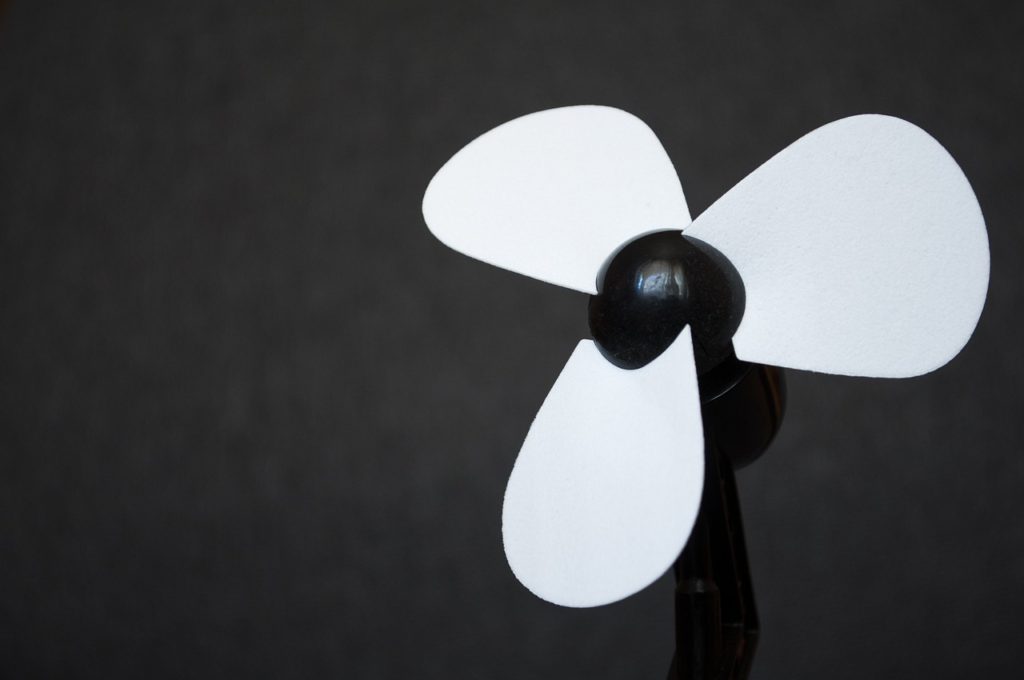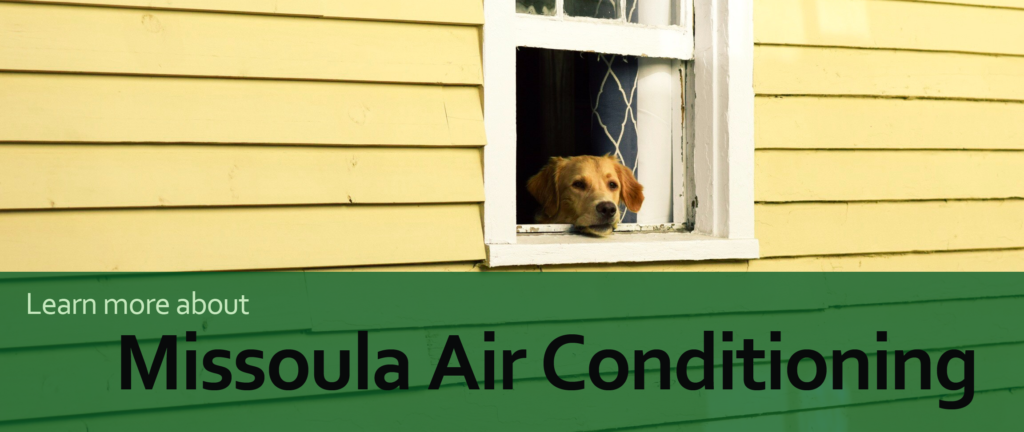
Merv rating vs airflow are tricky terms, but we are here to help you understand the difference and how these features affect your HVAC system!
Merv Rating vs Airflow Defined
To understand merv rating vs airflow, we will first tackle the terms individually. First things first, what is a MERV rating?
MERV stands for Minimum Efficiency Reporting Value. A MERV Rating indicates a score from 1 to 16 for residential air filters sold in the United States and 17 to 20 for commercial air filters. The scale rates how well a filter removes fine particulates from the incoming air. The higher the MERV rating, the more particles the filter will remove. On average, most homes and general commercial spaces are recommended to have a filter with a MERV rating of 5 at the minimum to 12 at the high end. However, for someone with respiratory trouble, a specialist might advise a different filter. Hospitals use air filters with a 13 to 16 MERV rating.
A MERV rating is to ensure that the incoming ventilated air meets area specific air quality standards. MERV Rating recommendations are based on outdoor concentrations of fine air pollutant particulate matter (PM2.5) averaged from 100 of the world’s most populated cities.
Air is hazy with low visibility when levels of air pollutant matter are high, which is when it becomes a concern for people’s health. For the most part, Missoula doesn’t have an immediate concern for such high levels of PM2.5. There are environmental factors throughout the year, though, impacting the air quality, such as local wildfires.

How Airflow is Affected by Merv Rating
A MERV Rating is a good indication of the effectiveness of an air filter on your central HVAC split system. The higher the rating the better the filter. As the MERV rating increases less and less contaminants and dust pass through the filter making the incoming airflow a better quality.
MERV was designed by the American Society of Heating, Refrigerating, and Air Conditioning Engineers (ASHRAE) to rate the effectiveness of air filters. According to ASHRAE’s website, their mission is to advance “the arts and sciences of heating, ventilation, air conditioning, and refrigeration to serve humanity and promote a sustainable world.” ASHRAE set up this rating system to evaluate a filter’s performance at removing particles .3 to 10 microns.
A higher MERV rating filter is more tightly bound so less particles can pass through. For example, general filtration with an 8 MERV will filter down to about 10 microns while a 13 MERV filter will have only about 0.3 passing microns. Filters are designed to catch pollutant particles from pollen, dust, pet dander, smoke, mold spores, and bacteria.

Choosing the Right Merv Rating vs Airflow Combination
The wrong air filter can leave you with poor indoor air quality or a less efficient system. A less efficient system causes an unnecessarily high utility bill. Here’s what you need to know to make sure you have the right MERV rating vs airflow filter for your space. Along with choosing the right MERV rating, you have to choose the right type of air filter. There are four different types of air filters with their own advantages and disadvantages.
Low Efficiency Filters
The most common type of air filter, probably because it’s cheap and disposable, is fiberglass. It holds up well with a metal grating for reinforcement.These are about 1” thin with MERV ratings between 1 and 4. Fiberglass filters keep debris out of your system and trap large particles, but particles small enough for you to breath in can still pass through.
Medium Efficiency Filters
These filters begin to provide the average quality air filtration with MERV ratings between 5 and 8. Filters in this category usually come in polyester. They are similar to fiberglass filters but have a higher resistance to airflow and better dust-stopping ability.
The more efficient filters in this category have a 9 through 12 MERV rating. Flat panel and pleated (extended-media) filters are available in this range. Pleated filters are better for people with allergies or asthma. This is a good range for the home of a smoker or those living in heavy traffic areas, too.
High Efficiency Filters
Here, we reach filters with a MERV rating of 13 to 20. A 16 MERV rating is generally the maximum for residential use. Looking for a filter in this category for your home can be a bit more complicated because there’s more to understand about how your specific HVAC system functions. The density of high-efficiency air filters slows down air entering your HVAC system. This process puts more trains on the motor and often reduces its efficiency to function. Also, these filters tend to be be thick pleated, box, or bag models and require a professional to install. Ask our comfort consultants for advice before jumping right into your search for a high efficiency filter.
Get Your Air Filters Checked by Garden City to Ensure Home Comfort
Not sure if your MERV rating vs airflow combination is right for your home? Give us a call or send us a message and we’ll assess the situation. For further upkeep with your HVAC system and ensured comfort consider yearly Missoula air conditioning unit check ups.

